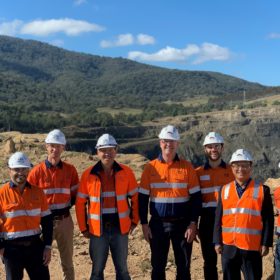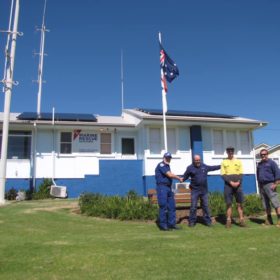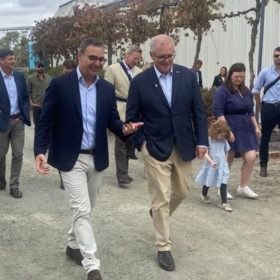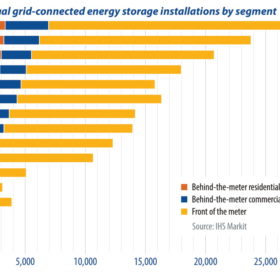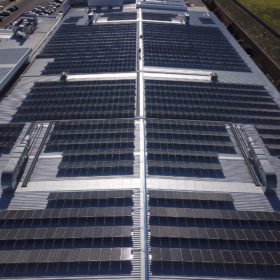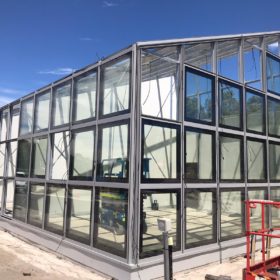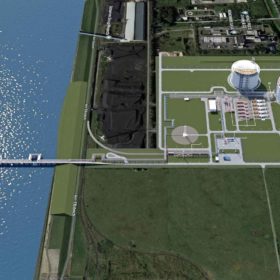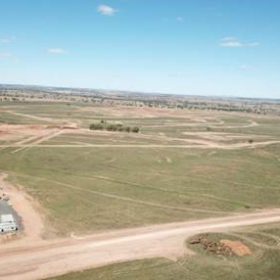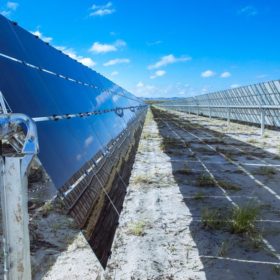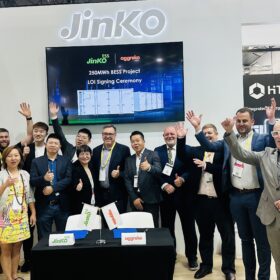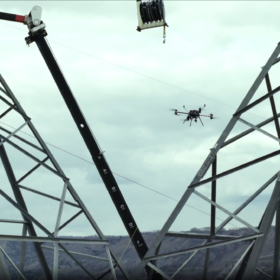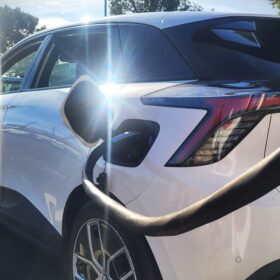Hunter Valley coal void moves closer to filling with pumped hydro
AGL is transforming its operations in a number of ways, from restructuring the company itself, to building energy storage facilities for flexible distribution of renewable energy into the future.
Solar-battery system saves lives securing power for Marine Rescue Narooma
In stormy weather or transmission-melting days, a Marine Rescue operation can’t be left powerless. A solar system keeps the lights on and communications clear.
SA’s $1.08 billion deal with the Feds to produce more gas!
Australia’s most renewable state has signed a joint funding deal with the Commonwealth Government that hypes gas production, and downplays its considerable renewable-energy benefits.
Sunday read: Strong growth ahead for storage
Annual battery storage installations will exceed 10 GW/28 GWh in 2021, following a particularly strong year in 2020, despite the challenges created by the global pandemic, writes IHS Markit analyst Mike Longson. Combined solar and storage will be a core focus for new deployment in 2021, as the front-of-the-meter and behind-the-meter energy storage markets are both expected to grow significantly in the months ahead.
Retail property major makes solar PV move
SCA Property Group has revealed plans to commence installing solar PV energy systems on the rooftops of some of its $3.5 billion shopping centre portfolio as it looks to establish itself as one of the biggest renewable energy generators in the Australian retail property sector.
Juwi builds on off-grid portfolio with 13 MW solar project
The Australian arm of German renewable energy specialist juwi has added another off-grid solar PV project to its burgeoning portfolio, announcing it will construct a 13 MW solar farm at the site of the Gruyere gold mine in Western Australia.
Australian PV glass developer sets sights on Japanese market
Solar glass developer ClearVue Technologies has once again looked beyond the Western Australia horizon by inking a distribution agreement with Japanese company Tomita Technologies which will see its building integrated PV (BIPV) glazing products sold in Japan.
Companies and ports lined up for Australian green hydrogen export to Germany
The joint feasibility study between Australia and Germany, HySupply, to determine the viability of a renewable energy-based hydrogen supply chain between the two countries, has progressed again after global firm RWE Supply & Trading and Australian-based The Hydrogen Utility signed a Memorandum of Understanding which could see green ammonia exports from South Australia to Germany’s LNG Terminal in Brunsbüttel.
Complaints emerging from construction site of NSW solar farm
Complaints including a lack of women’s hygiene facilities and a precariously dangling shipping container are being taken up by the NSW and ACT Electrical Trades Union after workers say they’ve been met with deaf ears by the company managing the site of the Suntop Solar Farm in NSW’s Central West.
Developer drives ahead with solar farm plan for Victorian coal country
Australia’s transition to renewable energy continues with developer ARP Australian Solar pushing ahead with plans to establish a 70 MW solar PV and battery energy storage project on the outskirts of Morwell in the heart of Victoria’s coal country.
